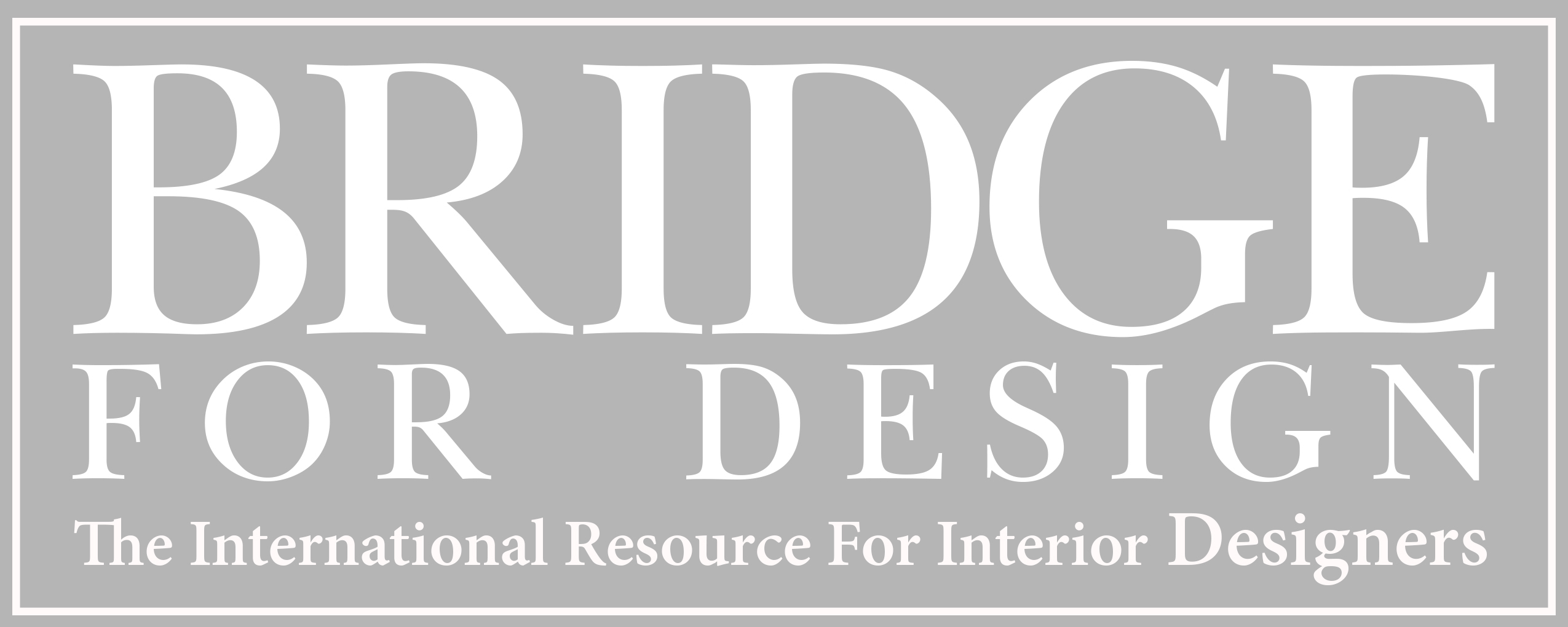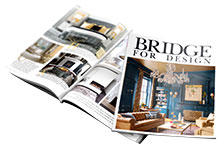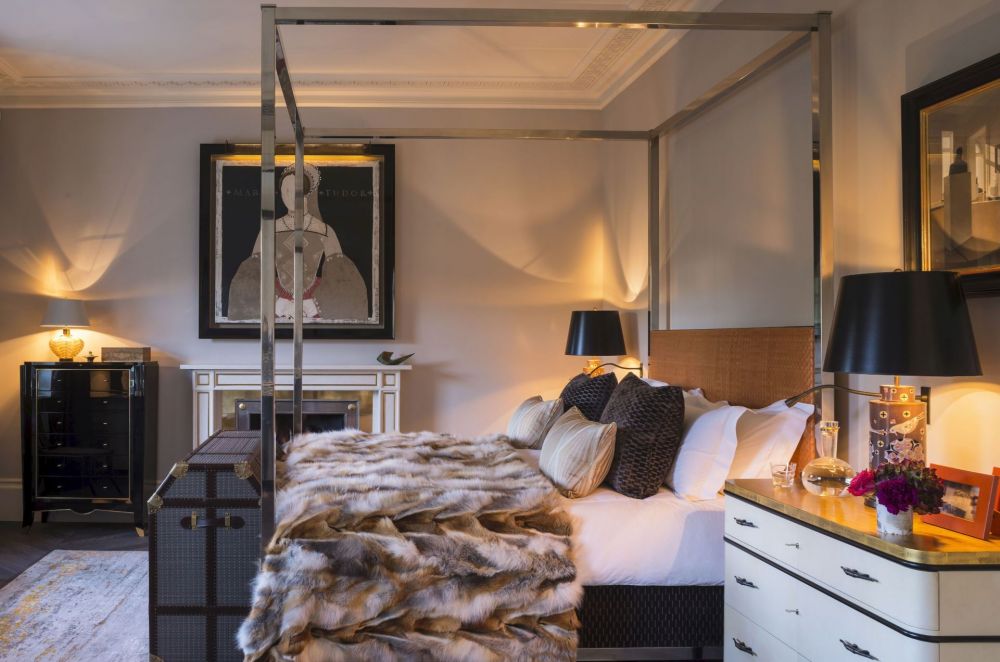The celebrated American interior designer, Eleanor McMillen Brown, said ‘the most important element in decorating is the relationship between objects - in size, form, texture, colour and meaning.’ Of those five criteria, texture is most often overlooked. What we touch and feel plays a vital role in shaping our experience of a space.
Science is now proving that texture and touch play a much larger part in forming the interactions and emotional experiences we have with our surroundings. For example, haptics - the
study of how touch affects us psychologically - is now playing a growing role in virtual reality technology. It has also been established that the texture and feel of objects not only influences our own moods but our feelings towards others.
Until science is able to inform designers in more detail about the way texture aff ects us, the way we use it has to be largely instinctive. To me, it sometimes feels as though different
textures are linked to past experiences and memories. The softness of velvets, silks and cashmere makes us feel cosseted and safe, while hard surfaces have a more industrial
look which feels much less relaxing. Textures should reinforce the intended character and use of a space.
A contemporary ‘designer’ kitchen uses sleek, solid surfaces to give a practical, clinical look, which is easily cleaned. Th e look relies on the materials being new and spotless - as what may initially look fashionable can date quickly. Hard surfaces do not develop that nice patina of age and eventually end up looking worn and used, so they are best suited in kitchens which are not used much.
With its rougher textures, a classic country kitchen feels warmer, more human and more comfortable. Wood is much better at absorbing the wear and tear of everyday life, so the overall look remains largely unaffected by knocks, spills and the passing of time. Of course it’s possible to blend these two looks. The challenge with modernism is to make practical contemporary interiors feel inviting and relaxing.
Combining different textures can work well in any room and it can be a great way to add depth and contrast, particularly when working with a relatively limited palette.
In much the same way that a single eye-catching painting, sculpture or piece of furniture can set off the rest of the room, unusual textures can also contribute to the overall look of a space. Some great examples include woven leather fabrics by Toyine Sellers, woven leather rugs from Lance and beautiful carpets from Front Rug which are made by combining the softness of wool and silk with the roughness of nettles - which are lovely to walk on in bare feet.
Another favourite, Rooks Books, works with stingray, vellum and a wide range of other leathers. One of the most unusual are some 200 year-old Russian reindeer hides salvaged from a shipwreck off Plymouth. Buried and preserved under black mud, the ancient leather is extraordinarily soft and supple. It varies from a rich claret to a light sienna and smells of the sea and a smoky Russian birch forest, which is a reminder that good design should involve all the senses.
Textures should be considered throughout the whole design process - they can make a space feel, as well as look, attractive, so they are much more than a finishing touch.





